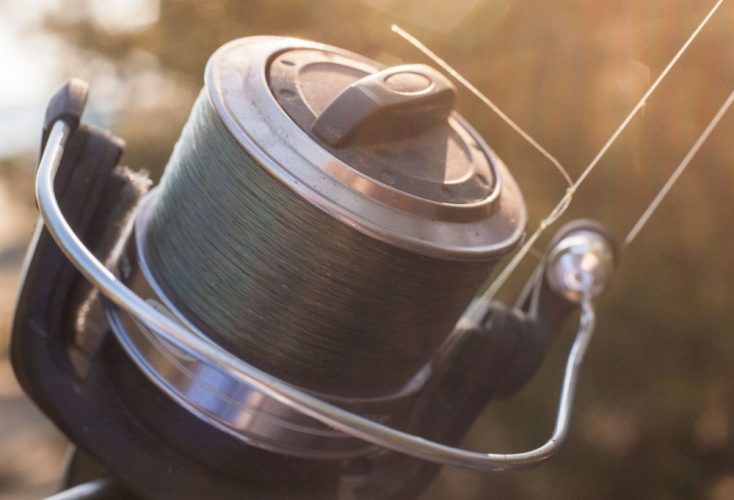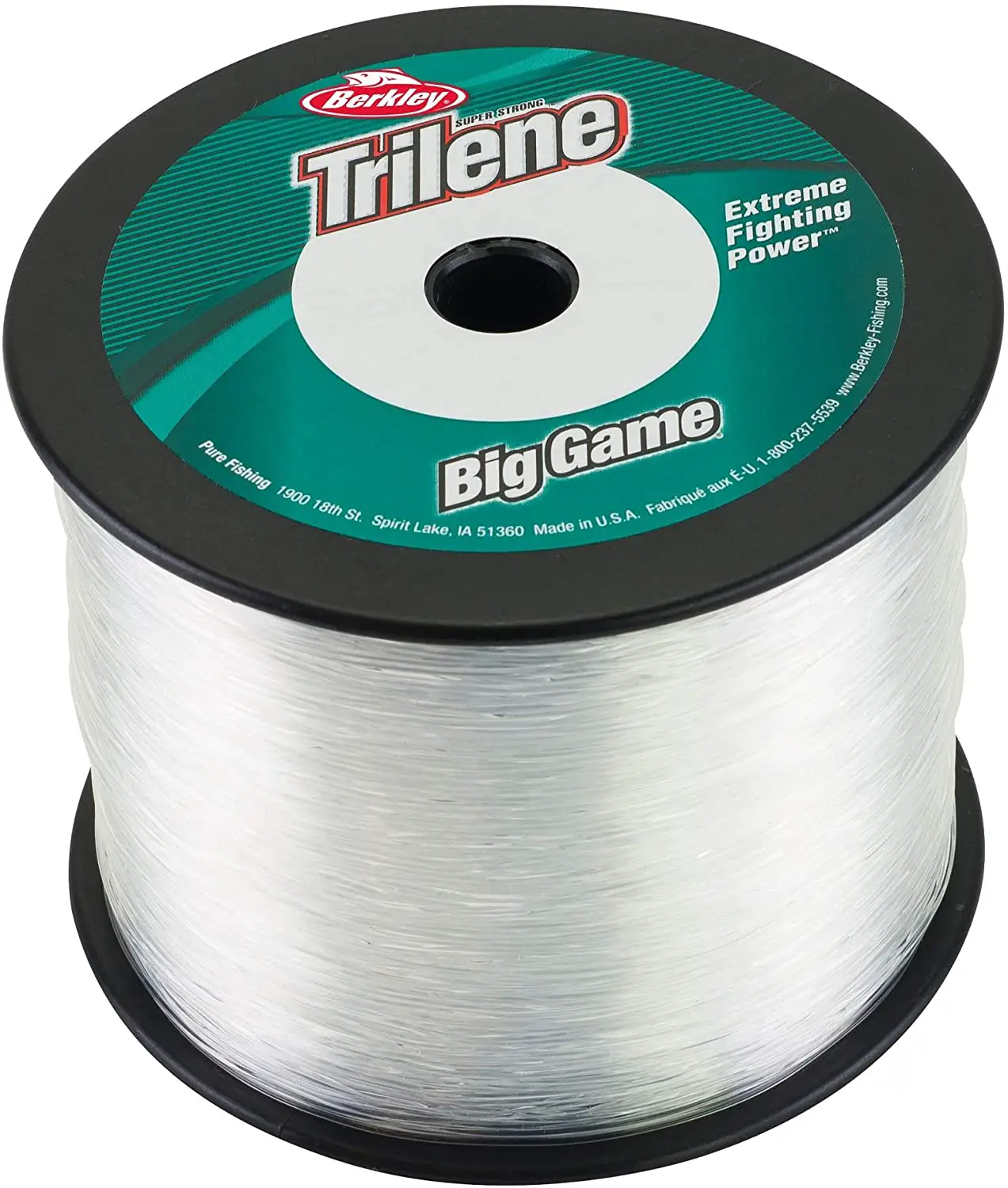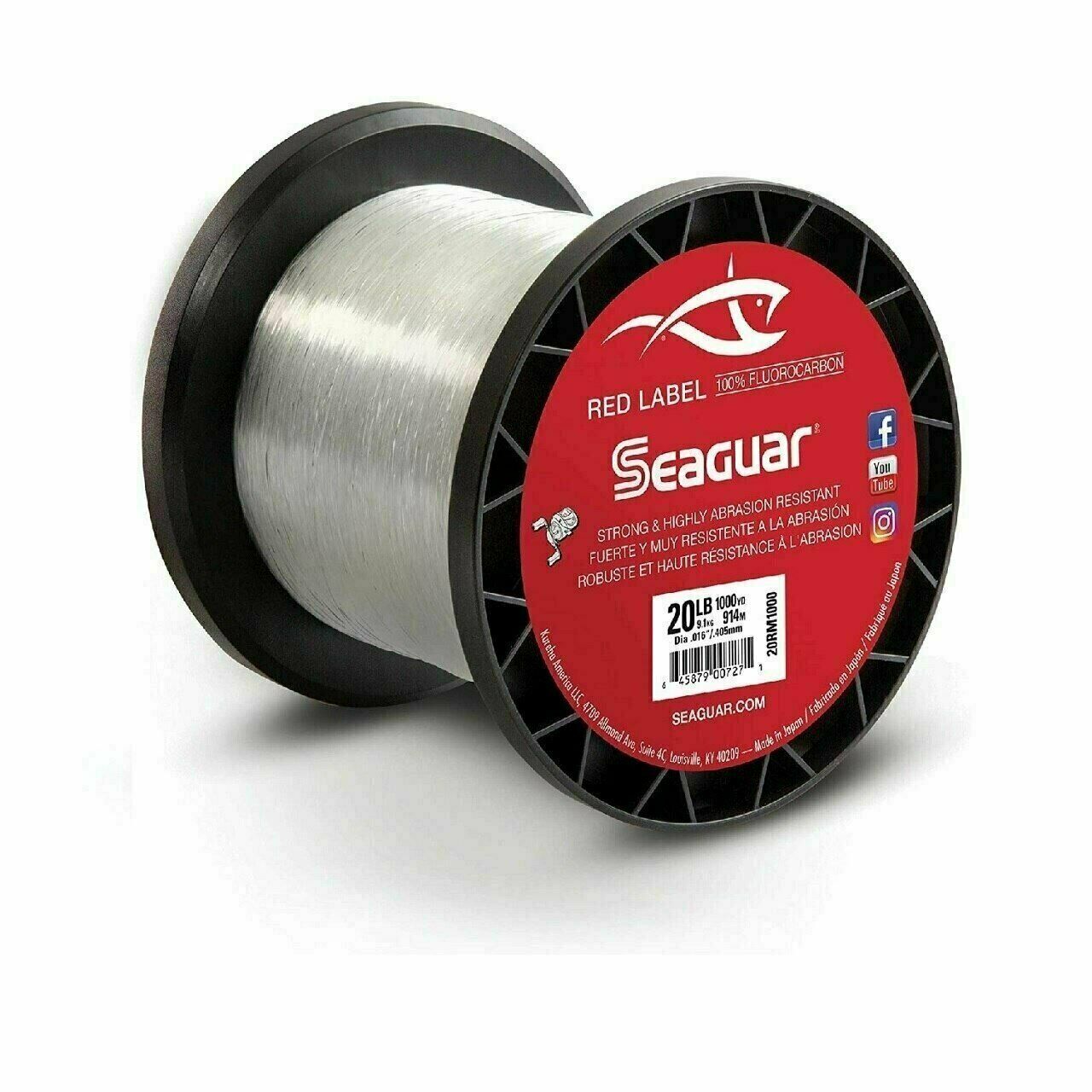A fishing line size chart provides comparative data, including PE number, line diameter, and strength (often as mono lb and braid lb tests). This information helps anglers choose the right line based on targeted fish species, fishing location, and fishing style.
Keep in mind that there is no universal conversion between fishing line because of the difference in manufacturing processes from brands.
| PE | Diameter(mm) | Mono Line Strength (lb) | Braid Line Strength (lb) |
|---|---|---|---|
| 0.4 | 0.100 | n/a | 6 |
| 0.6 | 0.128 | n/a | 8 |
| 0.8 | 0.148 | 2.2 | 10 |
| 1 | 0.165 | 3.5 | 15 |
| 1.5 | 0.205 | 4.4 | 20 |
| 2 | 0.235 | 5.8 | 25 |
| 2.5 | 0.260 | 6.4 | 30 |
| 3 | 0.285 | 8.8 | 35 |
| 3.5 | 0.310 | 9.6 | 40 |
| 4 | 0.330 | 14.2 | 50 |
| 5 | 0.370 | 15.9 | 60 |
| 6 | 0.405 | 17.4 | 80 |
| 8 | 0.407 | 25.6 | 100 |
| 10 | 0.520 | 32.7 | 120 |
| 12 | 0.570 | 33.1 | 140 |
| 14 | 0.620 | 44.4 | 160 |
Table of Contents
Fishing Size Converter Calculator
This calculator can convert between PE, Diameter (mm), Mono lb, and Braid lb. Please use the dropdown to select your measurement type and input your value. The calculator will output all of the other measurements.
PE
This is used primarily for braided lines, often made from Dyneema or Spectra (both brand names for ultra-high-molecular-weight polyethylene). The PE number is based on a Japanese system and refers to the line’s diameter. A line labeled as PE 1.0 has a diameter of approximately 0.165mm. The PE system is often used for braided lines because these lines can have extremely high tensile strengths despite having small diameters.
Diameter
This is simply a measure of the thickness of the fishing line, typically expressed in millimeters (mm) or thousandths of an inch. Diameter is an important factor because it can influence the line’s visibility in the water, the amount of line you can fit on your reel, and how the line behaves in the wind or when casting.
Monofilament Pound Test
This measures how much weight a monofilament line can support before breaking. The pound test refers to the force required to break the line. Monofilament lines are typically made of nylon and are a single, continuous strand, hence the name.
Braided Pound Test
This is similar to the monofilament pound test, but it’s used for braided lines. Braided lines are made of multiple strands that are braided together, hence the name. They tend to be stronger than monofilament lines of the same diameter but are also more visible in the water.
Why Does the Fishing Line Size Matter?
The size of a fishing line is a crucial factor in fishing for several reasons, including carting distance, line capacity, visibility, abrasion resistance, and stretch.
Due to their lighter weight, thinner lines can help you cast your bait or lure further. This can make a significant difference when trying to reach distant spots where fish may be feeding or schooling.
The diameter of your fishing line influences the line capacity on your reel. A thinner line takes up less space, allowing more of it to be spooled onto your reel. This is particularly beneficial when fishing for species known for making long runs, as it gives you a greater margin of error before you run out of line.
The visibility of the line underwater is also determined by its size. Thinner lines are less noticeable to fish, providing a distinct advantage when fishing in clear water or targeting species known for their keen eyesight.
Generally, thicker lines are stronger and more resistant to breaking when subjected to sharp objects, rocks, or even the teeth of the fish you’ve hooked. This means using a thicker line can be a good strategy when fishing in rough, rocky environments or targeting larger, stronger fish.
Lastly, the amount of stretch in a line is related to its size. Thicker monofilament lines tend to stretch more than thinner ones. This stretch can affect how effectively you can set the hook and how well you can detect bites from fish.
- Strong Knot Strength
- Low Memory
- High Abrasion Resistance
- Ultra-high Sensitivity
- Available in Up to 10,800 Yard Spools
- From 8 to 200 Pound Strength
- Extremely Powerful
- Shock Resistant
- UV Resistant
- High Tensile Strength
- Invisible Underwater
- Extremely Sensitive

Fishing Line Size by Species
If you are looking up converting between fishing line sizes, you are likely looking for a particular size for your target species. I have compiled this quick reference guide to help you pick the right line size for your needs.
| Fish Species | PE Number | Diameter (mm) | Mono lb Test | Braid lb Test |
|---|---|---|---|---|
| Trout | 0.6 | 0.128 | 6 | 8 |
| Small Bass | 0.8 | 0.148 | 8 | 10 |
| Large Bass | 1.5 | 0.205 | 15 | 25 |
| Walleye | 1.0 | 0.165 | 10 | 15 |
| Catfish | 2.0 | 0.235 | 20 | 30 |
| Small Salmon | 2.5 | 0.260 | 25 | 35 |
| Large Salmon | 3.0 | 0.285 | 30 | 40 |
| Tarpon | 4.0 | 0.330 | 40 | 50 |
| Marlin | 6.0 | 0.405 | 60 | 80 |
| Tuna | 8.0 | 0.470 | 80 | 100 |
| Shark | 10.0 | 0.520 | 100 | 130 |



